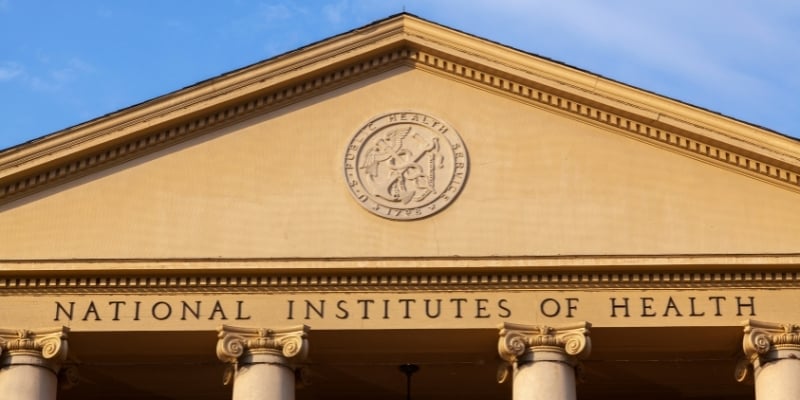Creativity, entrepreneurialism, empathy. These were hallmarks of Lee Newman’s childhood in Bayonne, N.J. “It was a household where we were encouraged to do creative stuff… with a purpose,” said Newman, director of the Center for Health, Work & Environment at the Colorado School of Public Health. And he took his parents’ encouragement to heart.
When he was still in junior high, Dr. Newman built a veritable jewelry empire along with his older brother. What began as door‐to‐door peddling to Greenwich Village’s trendy 1960s boutiques grew into a coast‐to‐coast business by the time Newman reached high school. “My parents did a good job of preparing me to take chances and to follow a passion,” he said. He moved on from jewelry making to author nine arts and crafts books, work as a newspaper reporter, practice pulmonary medicine for two decades, found and run a successful health information technology company and, for the past 11 years, serve as a professor and leader in public health.
Today, Dr. Newman’s entrepreneurial bent serves him well at the Center for Health, Work & Environment, which is dedicated to improving worker health, safety and well-being. At its core, the center is focused on pioneering novel solutions to tremendously complex problems that face us every day on the job. Three complex problems in particular are keeping Dr. Newman up nights.
First is an international epidemic of kidney disease in young men who cut sugar cane for a living. “Heat and dehydration are huge concerns, but there are other things going on that we don’t yet understand,” Newman said. A team from the center is in Guatemala now investigating the problem in order to develop prevention strategies. “A solution for this problem could have global impact for millions of agribusiness workers,” he said.
Another complex problem currently defying solution is the opioid prescription epidemic ravaging the country. In what Newman calls "an issue of supply and demand" his team is helping by impacting the "supply side" through educating medical providers on better ways to help patients who suffer from chronic pain. Through a novel, online course, the team has trained over 3,000 providers, 80 percent of whom say it has improved how they help manage patients’ pain.
A third complex problem faces small businesses in Colorado. More than half of Americans work in small businesses, yet that’s where most injuries occur and where safety and workplace wellness programs need the most improvement. Through a program called Health Links™, the center has trained community advisors across the state who have already helped more than 350 companies develop better goals and practical solutions. “Employers who help promote good health create happier, more productive workplaces. We help them find both the return and value of their investment in health.”
Through a philanthropic partnership with Pinnacol Assurance, Colorado’s largest workers compensation insurer, these and other programs are making a measurable impact on complex problems facing the state and the world at large. “With Pinnacol’s generous support, we were able to get the center up and running and launch some key initiatives,” Newman said.
No matter the problem at hand, assembling the right group to develop evidence-based solutions is the crux of Dr. Newman’s approach. “The creative part of the process is posing the right questions and then figuring out what kinds of expertise you need to surround yourself with to come up with answers,” he said. “I call myself the CMO—'Chief Mentoring Officer.' I love bringing together faculty members, staff and especially our students and our community partners to address the problem and learn from the experience.”
Dr. Newman and his wife, Lori Szczukowski, MD, also support the school with their own giving. “I’m a big fan of this place,” he said. “I feel like I should be giving back to an institution that’s given me the opportunity to tackle high‐risk, high‐reward challenges without constraints on creativity and innovation.”






